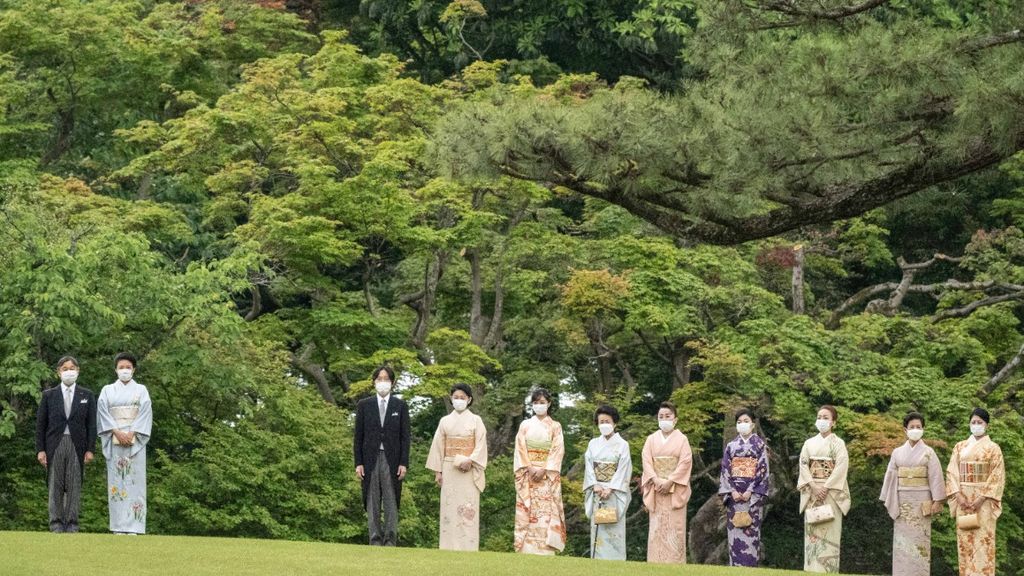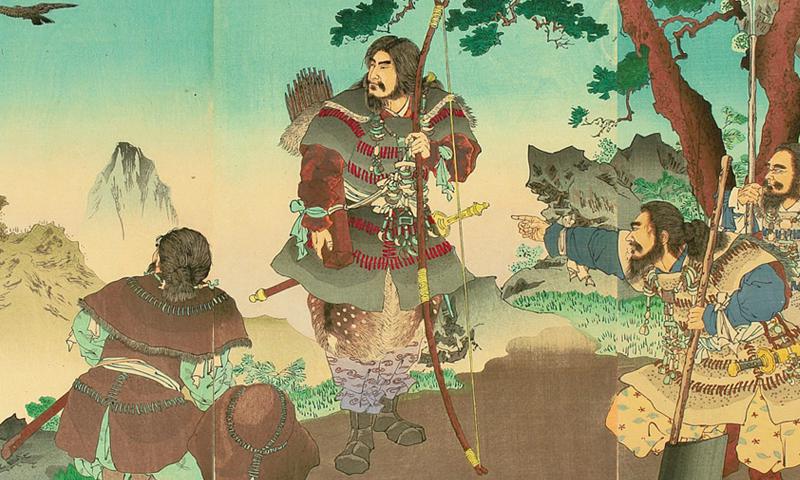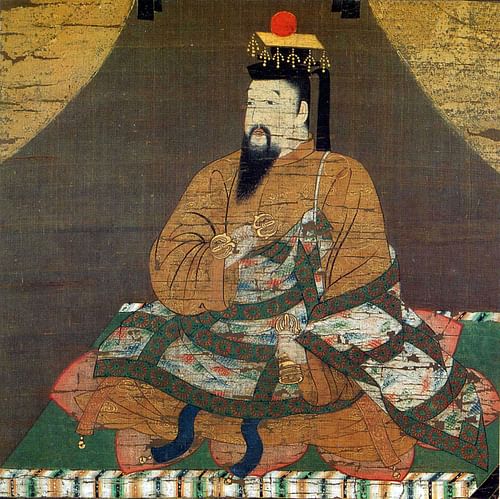
The Japanese monarchy is thought of as the oldest imperial court in the world, which has come to mean long history and tradition. Dating from over 2,600 years ago, it has been transformed into a continuity and an identification symbol for Japanese citizens. This article explores the centuries-long history of the Japanese monarchy, the place of the Emperor in modern times, and challenges to the institution in these times.
History of the Japanese Monarchy

Origin
The Japanese monarchy began with Emperor Jimmu, who was believed to be a descendant of the sun goddess Amaterasu and is considered the founder of Japan in 660 BCE. Although many aspects of the early history of the monarchy are legendary, more verifiable historical records begin with Emperor Sujin in the first century BCE.
Yamato Dynasty
The Japanese Empire is ruled by the Yamato Dynasty, which is the same family line from ancient times to the present day. This makes the Japanese monarchy unique compared to other monarchies in the world that often experience changes in dynasty.
The Role of the Emperor in Modern Society

Symbol of Unity
Under the post-World War II constitution of Japan, the Emperor is defined as “the symbol of the State and the unity of the people.” While he has no political or executive power, the Emperor remains important in preserving Japan’s traditions and cultural values.
Ceremonial Activities
The Emperor is involved in a variety of ceremonial activities, including Shinto religious ceremonies and state events. Through his presence at public events, the Emperor serves as a bridge between tradition and modern society.
Challenges Faced by Monarchy
Issue of Succession to the Throne
One of the main challenges for the Japanese monarchy is the issue of succession, especially related to the lack of male heirs in the imperial family. Currently, there is only one male heir, Hisahito, the son of Prince Akishino.
Modernization and Social Change
In the face of social change and modernization, the Japanese monarchy must adapt to the evolving expectations of society. This includes considering the possibility of a female emperor to ensure the continuity of the bloodline.
The Future of the Japanese Monarchy
Hopes and Challenges
With the ascension of Emperor Naruhito in 2019 following the abdication of Emperor Akihito, new hopes have emerged for strengthening the relationship between the monarchy and the Japanese people. However, challenges remain in maintaining the relevance of this institution amid changing geopolitical and social dynamics.
Adaptation of Tradition
The Japanese monarchy continues to strive to balance thousands of years of tradition with the modern needs of today’s society. This includes efforts to increase public involvement and transparency in imperial activities.
Conclusion
The Emperor of Japan and his monarchy are powerful symbols of the rich history and culture of the Japanese nation. With centuries of tradition, the institution continues to adapt to modern challenges while maintaining the core values of its ancestral heritage.
FAQ (Frequently Asked Questions)
- Who was the first Emperor of Japan?
The first Emperor of Japan was Emperor Jimmu, who is believed to have begun his reign in 660 BC. - What is the role of the Emperor in modern society?
The Emperor serves as a symbol of national unity and identity without having political power. - What are the main challenges facing the Japanese monarchy today?
Key challenges include the issue of succession and the need to adapt to social change. - Is there a possibility of a female emperor in the future?
There has been talk of the possibility of a female emperor to ensure the continuity of the bloodline. - What is the significance of the Chrysanthemum Throne?
The Chrysanthemum Throne is a symbol of imperial power in Japan and is one of the country’s national symbols.
By understanding the uniqueness and challenges of the Japanese monarchy, we can appreciate its rich cultural heritage and its role in modern society!
Citations:
[1] https://www.kabarpalu.net/sejarah/1064550311/kekuatan-dan-tradisi-perjalanan-monarki-jepang-menuju-masa-depan-yang-penuh-tantangan
[2] https://www.kompas.id/baca/internasional/2023/06/18/takhta-krisan-simbol-harapan-negeri-sakura
[3] https://www.kompas.id/baca/internasional/2023/06/17/kekaisaran-jepang-monarki-tertua-2600-tahun-tanpa-pernah-putus
[4] https://p2k.stekom.ac.id/ensiklopedia/Kaisar_Jepang
[5] https://www.cnnindonesia.com/hiburan/20190430122253-241-390791/monarki-jepang-budaya-sistem-dan-simbol-negara
[6] https://www.superprof.co.id/blog/kekaisaran-jepang/
[7] https://id.wikipedia.org/wiki/Kaisar_Jepang
[8] https://tirto.id/jepang-lebur-dan-bangkit-bersama-kaisar-hirohito-dc4B

